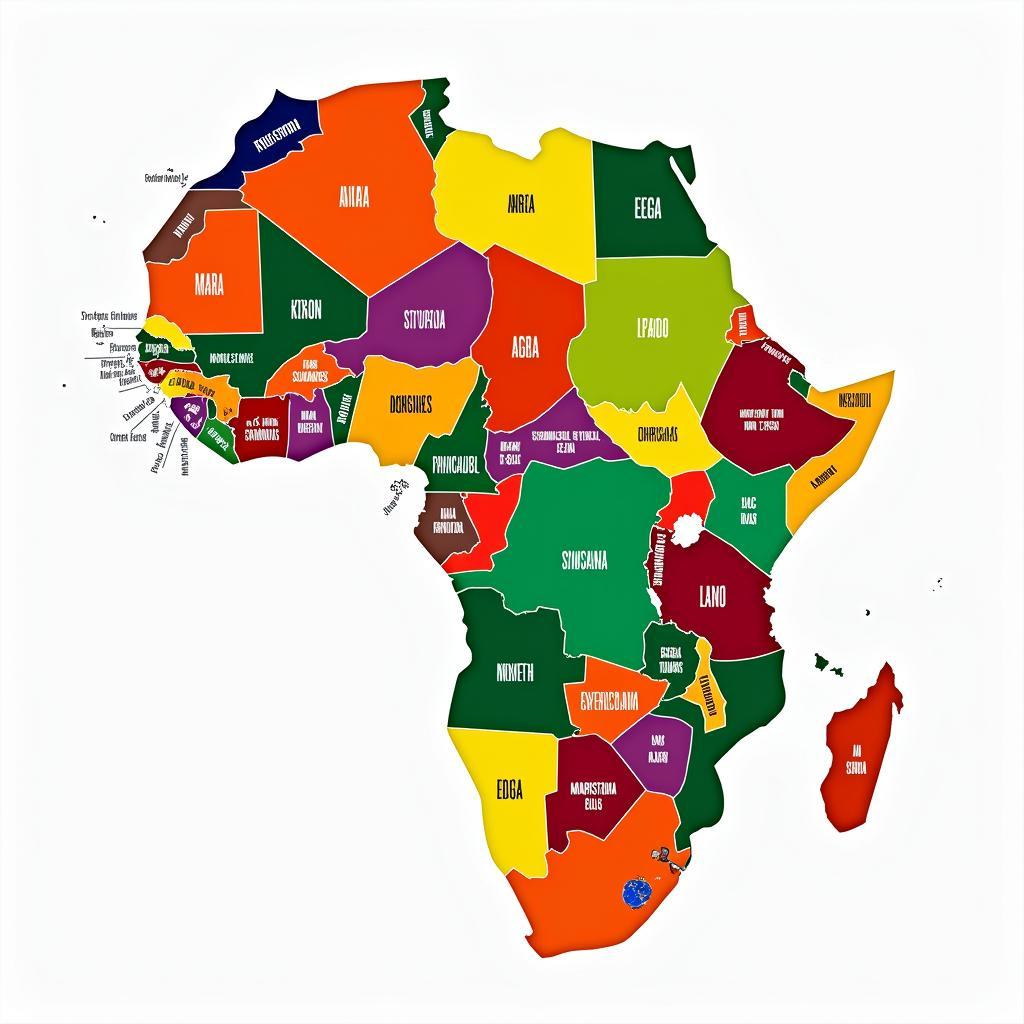Unveiling the African Black Mamba: Myths, Facts, and Captivating Videos
The African black mamba is one of the most feared snakes in the world. A search for “African Black Mamba Video” reveals a fascination with this creature, showcasing its speed, deadly venom, and striking appearance. But beyond the sensationalized videos, there’s a deeper story to uncover about this remarkable reptile. Let’s delve into the world of the black mamba, separating fact from fiction and exploring its vital role in the African ecosystem.
The Black Mamba: More Than Just a Bite
The black mamba’s reputation often precedes it. While its venom is undeniably potent, the snake is not the mindless aggressor often portrayed. In reality, the black mamba is a shy and elusive creature, preferring to avoid confrontation. Its infamous “black” name actually refers to the dark color inside its mouth, which it displays as a warning when threatened. The snake’s body is typically grey to dark brown, providing excellent camouflage in its natural habitat. Its slender build allows for incredible speed, making it one of the fastest snakes on the planet.
Why the fascination with “african black mamba video”?
The internet is awash with videos showcasing the black mamba. People are captivated by its speed, its powerful venom, and the inherent danger it represents. These videos offer a glimpse into the wild, showcasing the raw power and beauty of nature, even in its most intimidating forms. However, it’s crucial to view these videos with a critical eye, recognizing that many are filmed and edited to emphasize the dramatic aspects of the snake’s behavior.
Habitat and Diet: The Black Mamba’s Place in the Ecosystem
The black mamba is native to sub-Saharan Africa, thriving in savannas, woodlands, and rocky outcrops. It’s a diurnal hunter, preying primarily on small mammals, birds, and lizards. The black mamba plays a crucial role in controlling rodent populations, contributing to the delicate balance of the African ecosystem. Understanding its role in the food chain is essential for appreciating its importance, beyond the fear its venom inspires. african black mamba snake video can often show the snake in its natural environment, giving viewers a better understanding of its behavior and ecological niche.
What does the black mamba eat?
Primarily small mammals, birds, and lizards.
Venom and Treatment: Separating Fact from Fiction
The black mamba’s venom is a complex cocktail of neurotoxins and cardiotoxins. While a bite can be life-threatening if left untreated, prompt medical attention significantly increases the chances of survival. Antivenom is highly effective in neutralizing the venom’s effects. It’s important to note that the black mamba is not inherently aggressive. Most bites occur when the snake feels cornered or threatened.
What are the symptoms of a black mamba bite?
Symptoms can include dizziness, difficulty breathing, and paralysis.
The Cultural Significance of the Black Mamba
Beyond its biological significance, the black mamba holds a place in African folklore and culture. In some cultures, it is revered as a symbol of power and speed, while in others, it is associated with death and misfortune. These varying interpretations reflect the complex relationship between humans and wildlife in Africa. Exploring these cultural narratives offers a deeper understanding of the black mamba beyond its scientific classification. 2 african men singing may seem unrelated, but it represents the rich tapestry of African culture, a tapestry that includes the black mamba and its place in the ecosystem.
Conclusion: Respecting the African Black Mamba
The African black mamba, often portrayed as a fearsome predator, is a complex creature deserving of respect and understanding. While its venom is dangerous, the snake is not inherently aggressive. By separating fact from fiction and appreciating its role in the African ecosystem, we can move beyond fear and embrace the wonder of this remarkable reptile. “African black mamba video” searches should be an opportunity to learn and appreciate, not to sensationalize or promote fear.
FAQ:
- What is the fastest speed a black mamba can reach? They can reach speeds up to 12 mph.
- How long does a black mamba live? Up to 11 years in the wild.
- What is the primary component of a black mamba’s diet? Small mammals, birds, and lizards.
- Where can you find black mambas? Sub-Saharan Africa.
- What should you do if you encounter a black mamba? Back away slowly and avoid provoking it.
- Is there an antivenom for a black mamba bite? Yes, effective antivenom is available.
- Are black mambas always black? No, their body color is typically gray to dark brown.
Other related questions you might be interested in:
- What are the conservation efforts for black mambas?
- What are other venomous snakes in Africa?
- How do black mambas hunt?
For further information and support, please contact us:
Phone: +255768904061
Email: [email protected]
Address: Mbarali DC Mawindi, Kangaga, Tanzania.
Our customer service team is available 24/7.


